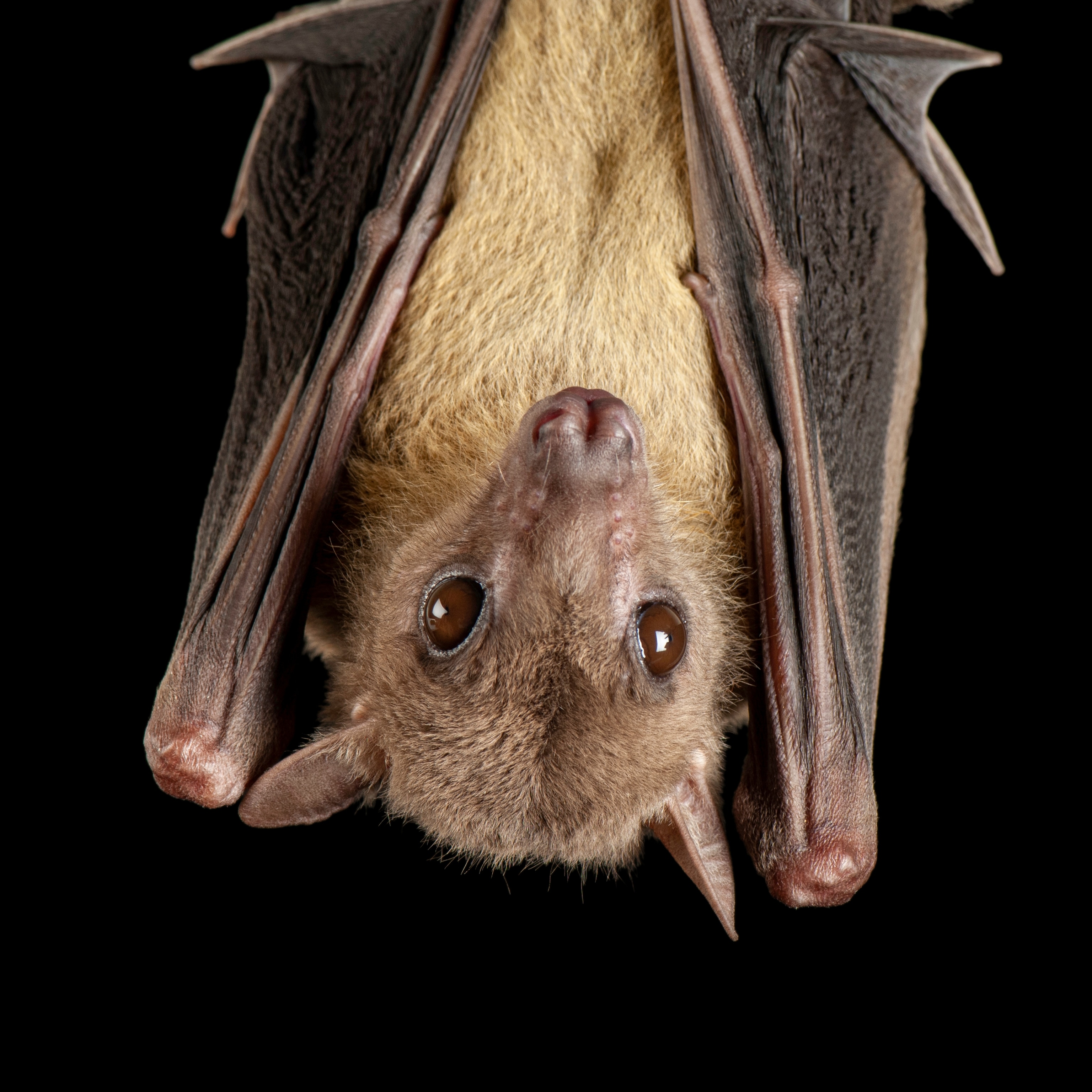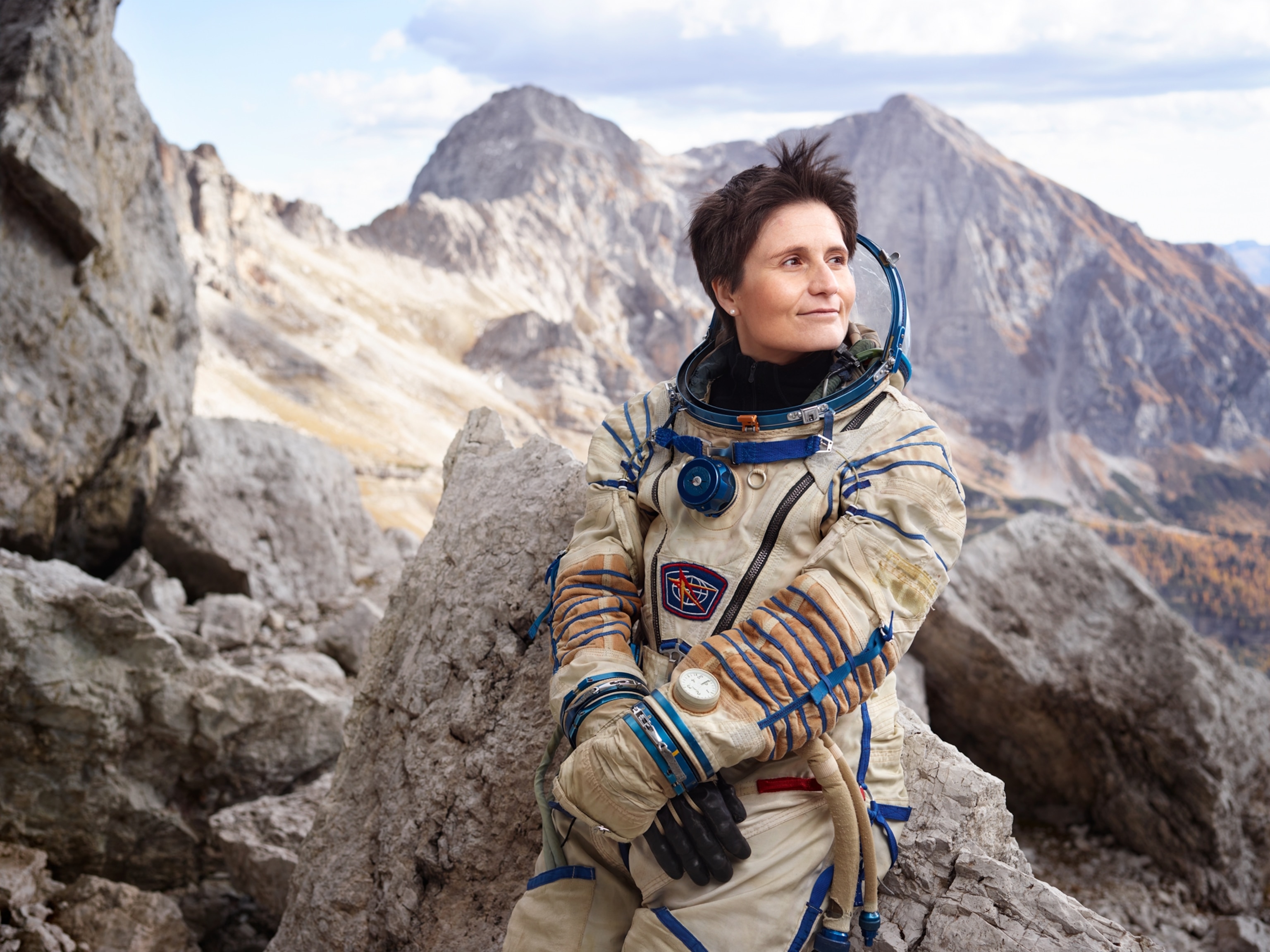
What Yuri Gagarin Saw on First Space Flight
New film re-creates 1961 views of Earth from space.
Fifty years after the fact, details about Soviet cosmonaut Yuri Gagarin's historic first mission into space are still creeping out from behind a shroud of secrecy.
But there is something we'll never know about Gagarin's flight, even in the age of Wikileaks: What did the farmer's son from Klushino, Russia, see from 200 miles (322 kilometers) above Earth on April 12, 1961?
More concerned about survival than documentary footage, Gagarin brought back sparse imagery of his monumental voyage—and obviously nothing in full-color HD. (See "Vintage NASA Pictures Get New Life in Vibrant Color.")
"What Gagarin did is something of galactic significance, and it needs marking in some way other than crackly, black-and-white footage," said film director Christopher Riley.
Now Riley hopes to re-create this piece of history with the worldwide, online premiere of his new Gagarin movie, First Orbit.
Posted on YouTube at midnight GMT on April 12, the roughly 108-minute film blends a few 1960s historic reels with modern shots taken from the International Space Station (ISS) by Italian astronaut Paolo Nespoli. His video not only retraces Gagarin's view from orbit, it shows Earth bathed in sunlight at the same angle the cosmonaut would have seen during his 1961 flight.
We chatted with Riley about his inspiration for the film, the challenges of shooting a movie vicariously from space, and the changes that have happened on Earth since the human race first put a man into orbit.
How did you first get the notion to "refilm" Yuri Gagarin's flight?
I hadn't been born when Gagarin went into space—I was minus six. But by the time I was born, people were regularly landing on the moon and sending spacecraft to Mars, so I grew up unable to not be excited about space flight.
However, I was always somewhat disappointed that the first person in space [Gagarin] didn't film much. (Watch video from the dawn of the space race.)
Then in early 2010 they installed the cupola on the ISS, and it offered this amazing new perspective on Earth from space. So I emailed the European Space Agency and said, What do you think? Could we do it?
Their first action was to put me in touch with one of their orbital mechanics gurus, who worked out whether the ISS covers the same ground as Vostok 1 [Gagarin's spaceship]. It turns out we would have a chance to film every six weeks, but Paolo flew up to the station at the end of November last year, and the crews on the station work very hard—they're always doing something, so it was a challenge fitting this into his schedule.
We had one shot at this around Christmas last year for Paolo to film before the 50th anniversary.
Do you ever see Paolo during the film?
Not directly, but there is one scene when Paolo slightly appears in reflection in the window as he floats in to adjust the cameras—it's that Hitchcock moment!
[That scene helped fill in] the problem of what to show as Yuri headed into darkness near the start of the flight, about 30 minutes in.
[For a 40-minute period during his 1961 flight, Yuri passed over parts of Earth where it was night, meaning that what he saw were] dark conditions over the Pacific Ocean. So we had to use shots from an image-intensified camera that NASA flew for us to shoot over the Pacific, and we added a shot of the moon, because Yuri had looked for the moon, but he didn't get to see it.
How do you think the view of Earth has changed between what Yuri Gagarin saw in 1961 and what Nespoli captured on film in 2010?
When Yuri flew 50 years ago, there was not much human impact you could see from 200 miles up. Today we have double the population as in the 1960s, and there is more of a visible impact.
NASA astronaut John Young—who flew Gemini, Apollo, and space shuttle missions—has said that he's been going into orbit for about 30 years, and he's seen the way Earth has changed over that time, especially the atmosphere.
Cities today seem to have their own atmospheres due to pollution. Actual boundaries between countries are also very clear now. Certain counties have overgrazed ground, and big sprawling cities are very visible from space.
Still, Yuri's route around Earth was over very sparsely populated areas that are largely unchanged 50 years later, so we see little change in human terms.
The movie sounds like a massive effort! What sparked you to release it on YouTube?
Right from the beginning we wanted to share the film with as many people as possible for free, in the same way Yuri's flight was done.
It's true world militaries and governments were scared and anxious about the space race, but most of the public was just jubilant about it. As a species we'd sent a human being into space, and how fantastic was that, and it didn't matter what country he was from.
When Yuri landed, the streets were packed with people who thought he was the greatest man in history. We kind of wanted to instill the same reaction, and allow people to watch from anywhere and show it wherever they want.
Right now we know of 600 screenings taking place around world, from museums to people's backyards, and we're hoping to see upward of a million viewers in the next 24 hours.
Originally posted on the National Geographic magazine blog Pop Omnivore, which casts a critical eye on the way popular culture deals with National Geographic’s interests, from global warming to mayfly swarming.








